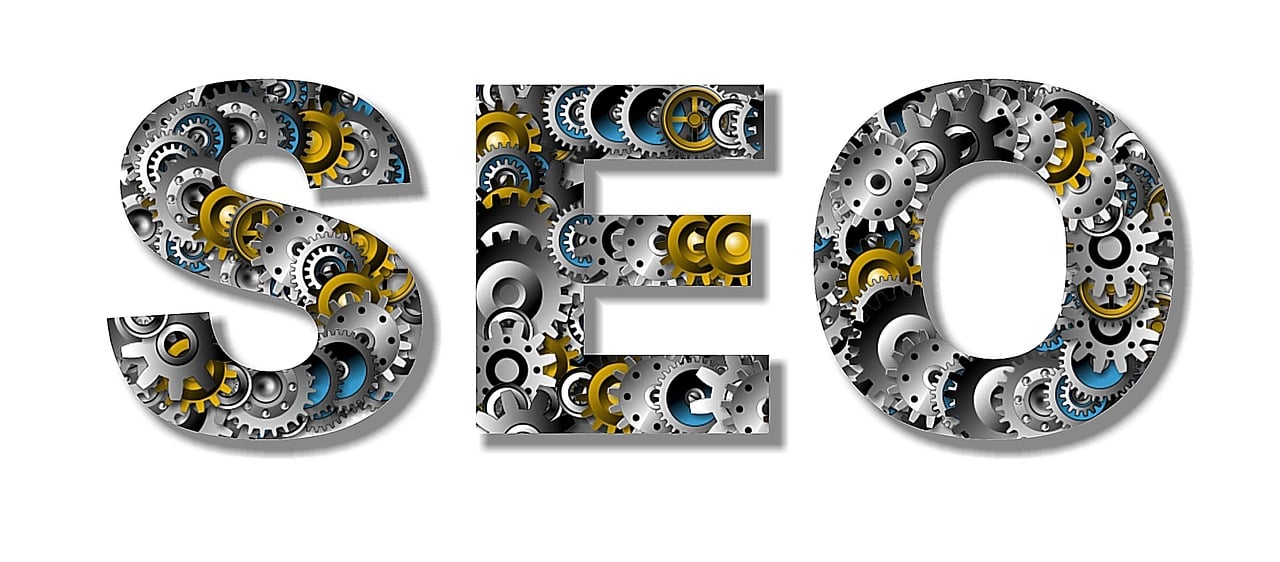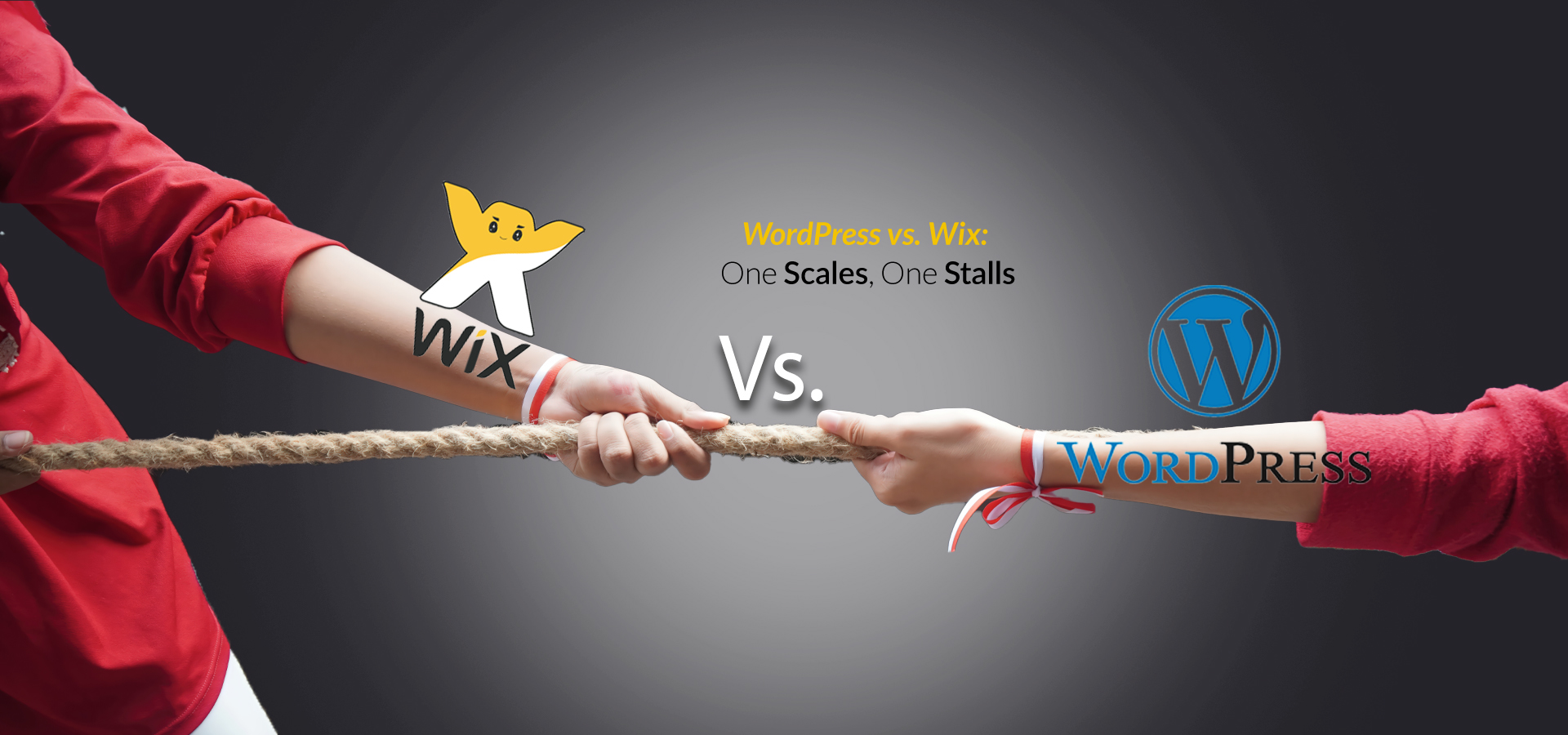Implementing a canonical URL is like giving your webpage a promotion. You’re telling search engines which page is the boss, especially if other pages have similar content. It’s as simple as adding a unique ‘rel=canonical’ link in the webpage’s code. Atlassian does this with their Jira landing page, making it the big cheese among similar pages and helping users find the right one easily.
How Canonical URLs Impact SEO
Canonical URLs effectively mitigate the issue of duplicate content across your website. Duplicate content occurs when multiple URLs lead to pages containing identical or similar content. Search engines need help determining the most appropriate page to display in search results, potentially leading to suboptimal rankings or indexing inefficiencies.
By designating a canonical URL, you provide search engines with a clear directive, specifying the preferred page to prioritize for indexing and ranking purposes. This strategic implementation streamlines the search engine optimization (SEO) process and enhances user experience by ensuring users access the most relevant and authoritative version of your content when conducting online searches.
How to Implement Canonical URLs
1. Audit Your Website
Conduct a proper website audit to identify duplicate content instances. Duplicate content can manifest in various forms, such as identical content across different URLs, multiple page variations for A/B testing, or URLs with tracking parameters. Utilize tools like Semrush’s Site Audit to streamline this process and efficiently address duplicate content issues on your website.
Here’s a step-by-step guide on how to conduct the audit:
- Enter your website URL and start the audit with Semrush’s Site Audit tool.
- Let the tool analyze your website’s structure and content thoroughly.
- After the audit, go to the “Issues” report and search for “duplicate” to filter the list.
- Click on each section’s linked text to see detailed reports of pages with duplicate content.
- Review the “Why and how to fix it” link to understand and address the issues.
- Check the “Statistics” tab and “Canonicalization” section for problems such as multiple canonical URLs or broken links.
2. Choose the Canonical Version
When determining the canonical version, decide which one you want search engines to prioritize for indexing and displaying in search results. Consider these guidelines:
- Opt for the most user-friendly URL.
- Prefer the most informative page as the canonical version.
- Give priority to the URL with the highest number of internal links.
- If one version consistently performs better in search rankings, consider it the canonical URL.
- Avoid URLs containing unnecessary parameters like session IDs and tracking codes.
3. Add Canonical URLs
To implement canonical URLs, specify your preferred version by adding a <link rel="canonical"> attribute for each group of duplicate or similar pages. Typically, this element is placed within a page’s <head> section.
Although you can alternatively designate canonical pages within your sitemap, using the rel="canonical" link element directly on the page provides a stronger signal to Google. The original version points to itself, while the variant returns to the original. This practice helps Google prioritize the correct page for indexing.
Best Practices for Canonical URLs
1. Utilize Absolute URLs
Ensure the complete URL with the “https://” prefix is included in the canonical link element to provide unambiguous information to search engines.
2. Maintain Consistency
Verify that the designated canonical URL corresponds accurately to an existing page on your website, is free from errors, and is promptly updated for any modifications or redirects.
3. Implement a Self-Referencing Canonical URL
Embed a canonical link element within each page’s HTML code, directing it to the page itself. This practice reinforces to search engines the preferred status of the page for indexing and ranking purposes and also helps prevent potential issues arising from incorrect URL parameters.
4. Designate Singular Canonical Link Element per Page
Refrain from specifying multiple canonical URLs for a single page to avoid confusion for search engine crawlers. Doing so can prevent challenges in indexing and ranking, potentially impacting the visibility of your content in search results.
Errors to Avoid in Canonical URL Implementation
Here are common mistakes to avoid when implementing canonical URLs:
1. Adding Canonical Tags in the Wrong Place
Ensure the rel="canonical" link element is placed within your HTML document’s <head> section, adhering to HTML standards. Placing it outside the <head> tags can lead to misinterpretation by browsers and search engines.
2. Using Multiple Canonical Tags
Don’t use multiple canonical URLs. Doing so can confuse search engines and defeat the purpose of using canonical tags.
3. Ignoring Near Duplicates
Handle near-duplicate pages by specifying a preferred version using a canonical link element or modifying the content to create substantial differences, especially for pages with minor variations like product options or language.
4. Pointing Canonical Tags to Redirected URLs
Ensure the canonical URL link element directs to the final, preferred URL directly rather than URLs that redirect. Regularly update canonical link elements during site restructurings or migrations to prevent complications for search engines.
5. Canonicalizing Paginated Pages to the Root Page
Avoid setting all pages in a pagination series to canonicalize back to the first page, as this may lead search engines to disregard content on subsequent pages. Instead, assign a canonical link element to each page, directing back to its specific URL to maintain the visibility of all content in the pagination series.





